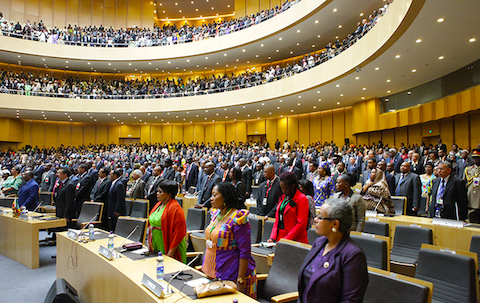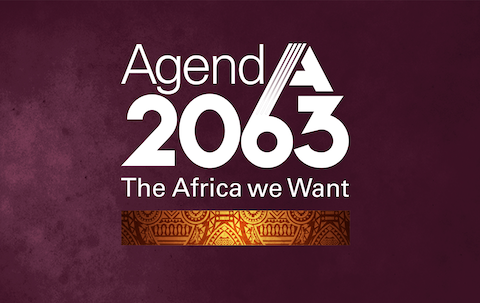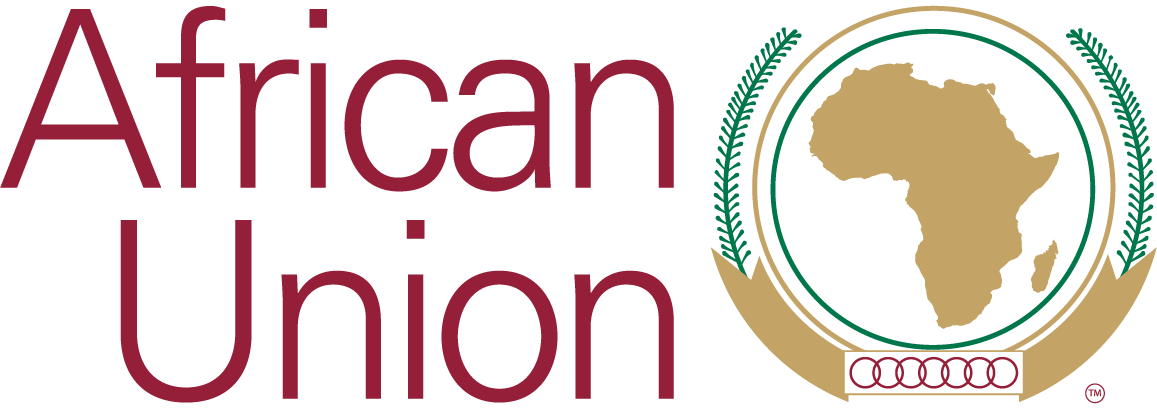Topic Resources
African Union Human Rights Memorial (AUHRM)
Concept Note
Overview
African Union Human Rights Memorial (AUHRM)
Concept Note
Overview

Promoting Africa’s growth and economic development by championing citizen inclusion and increased cooperation and integration of African states.

Promoting Africa’s growth and economic development by championing citizen inclusion and increased cooperation and integration of African states.

Agenda 2063 is the blueprint and master plan for transforming Africa into the global powerhouse of the future. It is the strategic framework for delivering on Africa’s goal for inclusive and sustainable development and is a concrete manifestation of the pan-African drive for unity, self-determination, freedom, progress and collective prosperity pursued under Pan-Africanism and African Renaissance.

H.E President William Samoei Ruto (PhD), President of the Republic of Kenya and the African Union Champion on Institutional Reform. H.E. Ruto was appointed during the 37th Assembly of Heads of State and Government in February 2024 to champion the AU Institutional Reform process taking over from the H.E Paul Kagame, President of the Republic of Rwanda who led the implementation of the reform process since 2016.


The AU offers exciting opportunities to get involved in determining continental policies and implementing development programmes that impact the lives of African citizens everywhere. Find out more by visiting the links on right.
The Rwandan Genocide which was initiated in the capital of Rwanda, Kigali by extreme Hutu nationalists who incited Hutu citizens to take up arms against the Tutsis in 1994 from April to July ended with the killing of up to 800,000 Tutsi minorities by members of the Hutu ethnic Majority.
Following independence, the system could not be maintained and after the colonial powers switched support to the Hutus, they in turn encouraged retaliation against the Tutsis, resulting in thousands of people being killed. After the coup d’état by Juvenal Habyariman against President Kayibanda who favoured Hutus the most, Rwanda returned to stability and development was widespread. However President Habyariman increasingly became authoritarian and corrupt.
In 1990, violence erupted and led to war, resulting in many deaths. However, a peace agreement was signed in Arusha, Tanzania which proposed democracy, peace and power sharing. This was struck a blow following the death of President Habyariman when his plane was shot down. The Rwandan genocide is the worst form of war ever experienced on the continent, in which almost 1 million people were killed in a short space of time.
African Union Human Rights Memorial (AUHRM)
Concept Note
Overview
African Union Human Rights Memorial (AUHRM)
Concept Note
Overview
